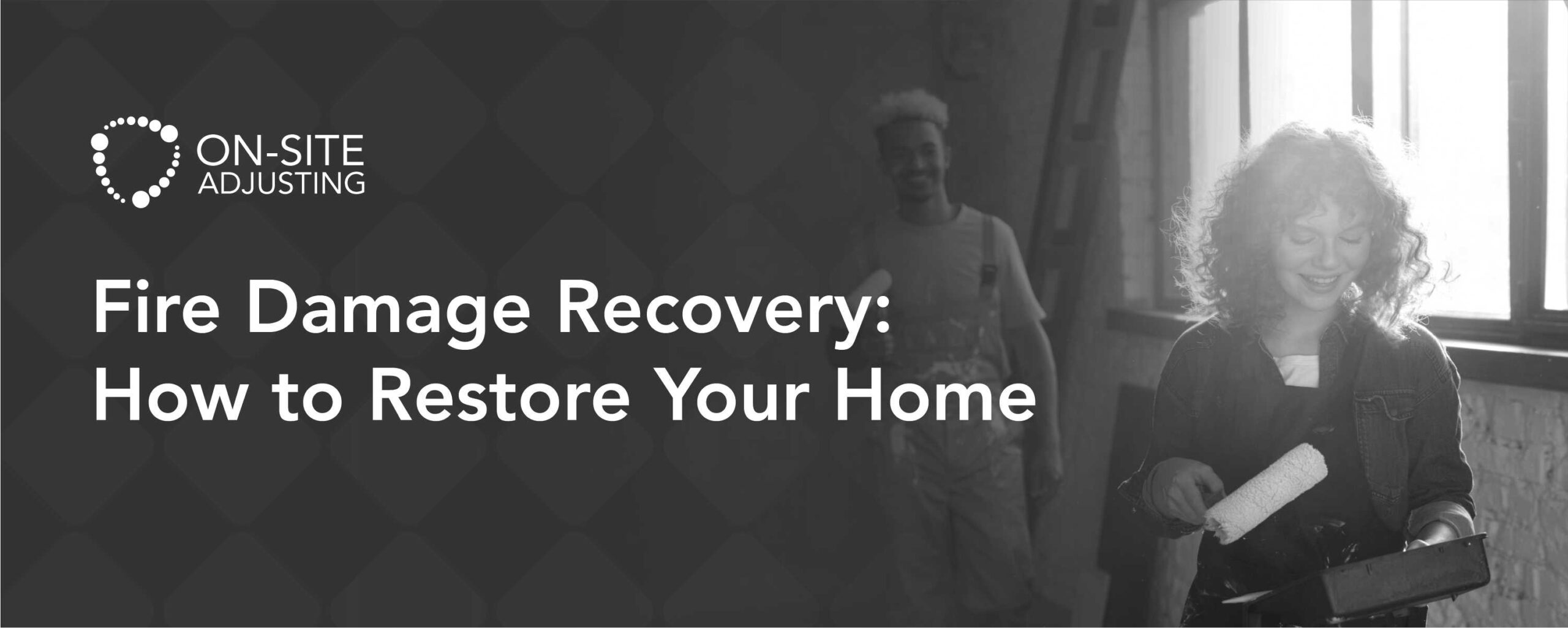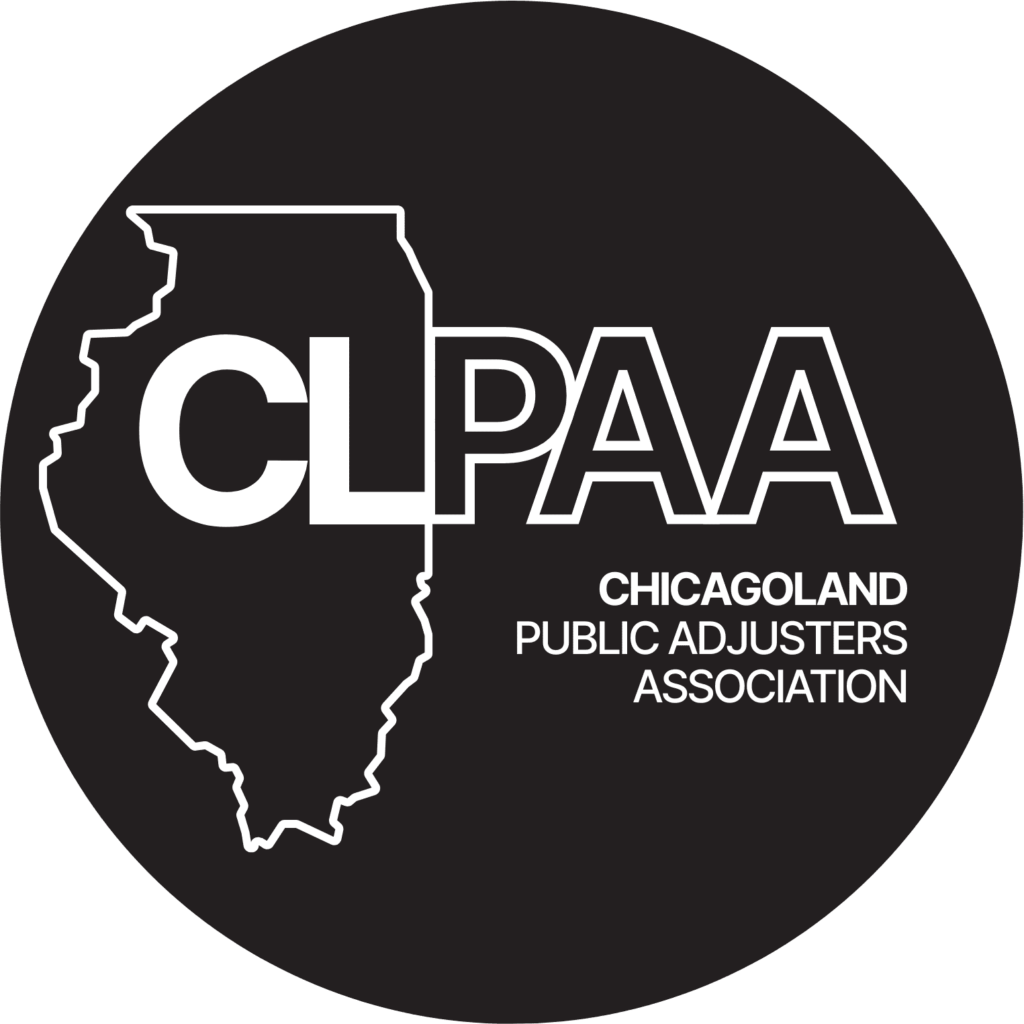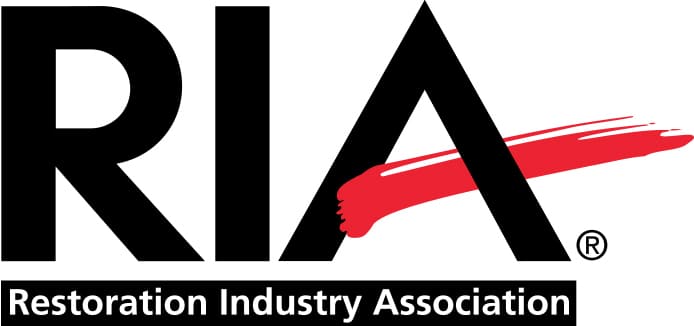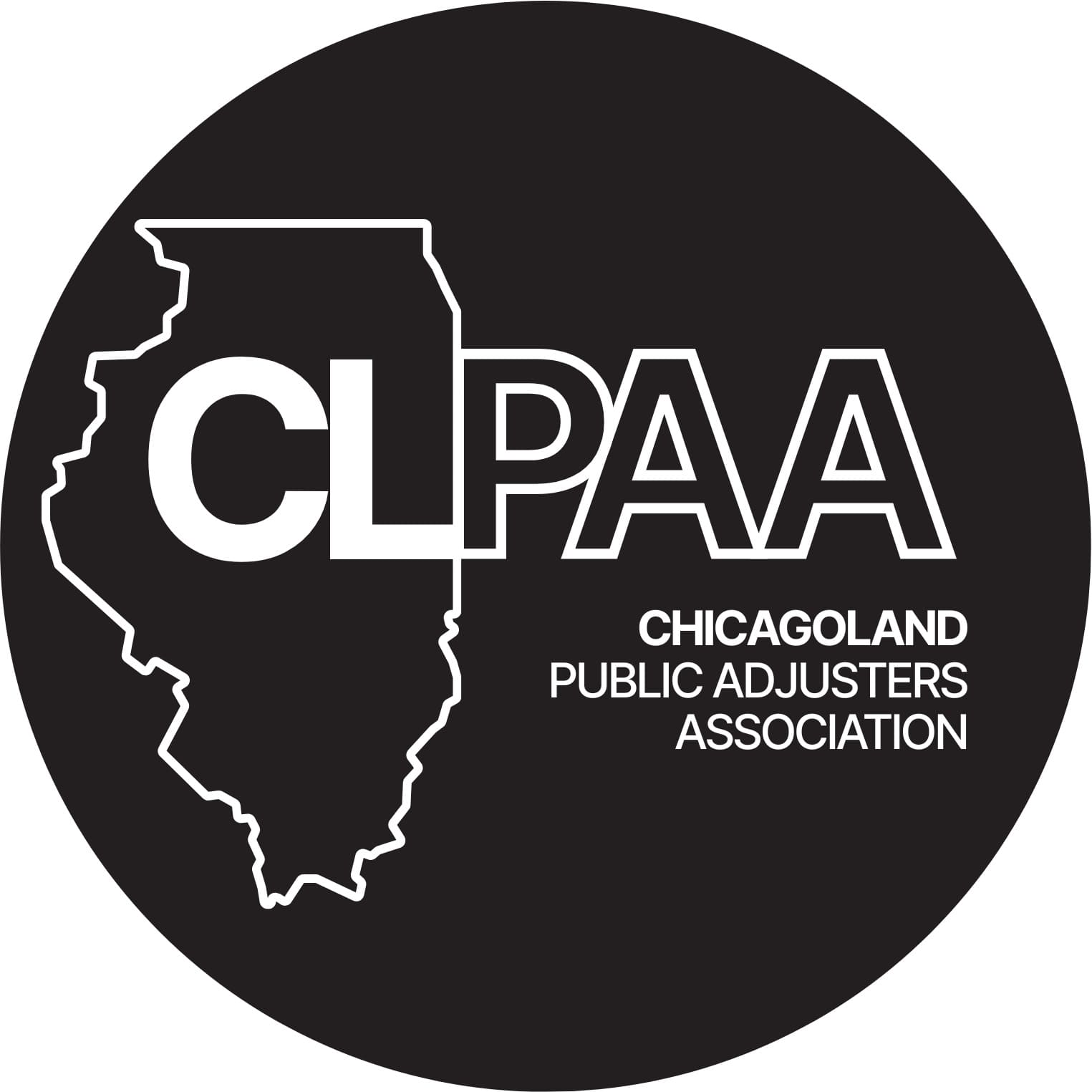

Experiencing a fire in your home can be devastating. The aftermath also leaves homeowners facing the daunting task of restoration. Fire damage restoration helps bring your home back to its pre-fire condition. It involves several steps, from assessing the damage to making necessary repairs. Starting the restoration process as quickly as possible is important. This is because it helps you rebuild quickly and effectively.
At On-Site Adjusting, we have the expertise to handle your fire damage restoration. Let us handle things for you today. In this blog post, we will take you through the nitty-gritty of fire restoration. This will include a breakdown of the process and how to get reimbursement for the costs.
What is Fire Damage Restoration?
Fire damage restoration is the process of cleaning, repairing, and restoring a property that has been damaged by fire, smoke, and soot. The process addresses the immediate damage and any lingering effects. Examples of these lingering effects are unpleasant odors and structural issues.
The goal is to return the home to its original state, ensuring it is safe and habitable. Fire damage restoration is a specialized field. This means that it requires professional expertise. Improper handling of materials can lead to long-term problems. These problems are not limited to structural instability but also health risks.
Why You Should Start the Restoration Process Quickly
Starting the fire damage restoration process promptly is essential for several reasons. First, it helps prevent further damage. The longer soot and smoke remain on surfaces, the more damage they can cause. For example, soot can corrode metals, and smoke can discolor walls and fabrics.
Secondly, quick action helps mitigate health risks. Smoke and soot particles can be hazardous to your health. Hence, they often cause respiratory issues and other problems.
Lastly, the faster your home is restored, the faster the return to normalcy. This also helps reduce the emotional and financial strain on homeowners.
What Is the Fire Damage Restoration Process?

Step 1: Assessing the Damage
The first step in the fire damage restoration process is assessing the extent of the damage. Thus, a professional restoration company will inspect the property to determine affected areas. They will also evaluate any water damage from firefighting efforts. This assessment helps them develop a comprehensive restoration plan. It also provides an accurate estimate of the prospective cost and time.
Professionals will use various tools to identify hidden damage. A thorough assessment ensures that they do not overlook any aspect of the restoration.
Step 2: Securing the Property
Next, they need to secure property. This is to prevent further damage and unauthorized access. This may involve boarding up windows and covering damaged roofs with tarps. They may also need to reinforce some structural elements. This further protects the property from weather elements and potential vandalism.
This step also includes removing any hazardous materials or items that could pose a risk. Safety is a top priority. This is because the restoration team needs a secure space to work effectively.
Step 3: Removing Debris
Once the property is secure, they will begin the debris removal process. This involves clearing out burnt materials, furniture, and other unsalvageable items. Doing so helps the team access all damaged areas and prevent further contamination.
During this phase, professionals will also conduct a thorough cleaning of the property. This will further remove any lingering soot and debris. This cleaning process also helps to reduce odors and further damage.
Step 4: Cleaning and Soot Removal
The next step is cleaning and removing soot from all affected surfaces. This includes walls, ceilings, floors, and personal belongings. Professionals use specialized equipment and cleaning agents to remove any residue. This step is vital for preventing permanent staining and corrosion.
Cleaning techniques may vary depending on the type of affected materials. For example, delicate fabrics might need special treatment and attention. This meticulous cleaning process will restore the home’s appearance and prevent long-term issues.
Step 5: Water Damage Restoration
If the firefighters used water to extinguish the fire, professionals will first address any water infiltration. This is also part of the restoration process. Water damage restoration involves drying and dehumidifying the property. This is to prevent mold growth and further structural damage. Professionals use industrial-grade dehumidifiers and air movers to achieve this.
In addition to drying the property, professionals will also treat any affected areas. This will help prevent mold and mildew growth. It will also maintain a healthy indoor environment and prevent further damage.
Step 6: Odor Removal and Deodorization
Fire leaves behind strong odors that can linger if you don’t properly address them. Restoration professionals use advanced techniques to neutralize odors. This step ensures that the home smells fresh and is free from the pungent scent of smoke.
These techniques also completely remove the odors. This will make the home habitable and comfortable for the homeowner.
Step 7: Repair and Restoration
The final step involves repairing and restoring the property to its pre-fire condition. This may include replacing drywall, painting, and installing new flooring. You will need to replace and repair any damaged structural elements. This also includes damaged personal items.
How Long Does the Fire Restoration Process Last?
The duration of the fire restoration process depends on several factors. The extent of the damage and size of the property will affect the duration. The availability of materials and labor can also slow down or speed up the process.
Professionals can restore minor fire damage in a few weeks, while they may work on severe damage for several months. The company will likely provide you with a timeline after their initial assessment.
It’s important to note that external factors can also affect the timeline. For example, weather conditions can slow down the process. Homeowners should maintain open communication with their restoration company. This way, they will stay informed about the progress and any potential delays.
How to Get Your Insurer to Pay for Restoration

Navigating the insurance claim process can be challenging. However, these tips can help ensure reimbursement for the restoration costs:
Work with a Public Adjuster
Consider hiring a public adjuster for a smooth claims process. They can advocate on your behalf and help you navigate the claims process. They also assist in negotiating with the insurance company. This is to ensure you receive a fair settlement. A public adjuster has the expertise to handle complex claims and maximize your payout.
Notify Your Insurance Company Promptly
Contact your insurance company as soon as possible to report the fire. Provide them with all necessary documentation and information. Early notification helps fast-track the claims process. It also demonstrates your proactive approach.
Review Your Policy
Understand your insurance policy’s coverage, including any limits and exclusions. You can only negotiate with your insurer when you know your policy covers. If you have any questions, don’t hesitate to ask for clarification.
Get Professional Estimates
Get detailed estimates from licensed fire damage restoration companies. Submit these estimates to your insurance company to support your claim. Multiple estimates can help ensure that you receive a fair settlement.
Keep All Receipts
Save receipts for any expenses related to the fire. This should include temporary housing, meals, and repairs. Your insurer may reimburse you under additional living expenses coverage. Keeping organized records will ease the reimbursement process.
Document the Damage
Take detailed photos and videos of all affected areas and items. This documentation will help you support your claim. Furthermore, include images of both the damaged and the unaffected areas. This will give your insurer a comprehensive overview.
Why Additional Living Expenses Coverage is Important
If your home is uninhabitable, you may need to stay elsewhere during the restoration process. Additional Living Expenses coverage is a part of many homeowners’ insurance policies. It reimburses you for the extra costs of living away from home. This can include hotel bills, meals, and other expenses incurred as a result of being displaced. Ensure you understand your coverage limits and keep all receipts for reimbursement.
Knowing your coverage can provide peace of mind and financial stability during a difficult time. It allows you to focus on the restoration process. It also takes away the worry of the additional costs of temporary living arrangements.
Conclusion
Fire damage restoration is a comprehensive process that helps return your home to its former state. Starting the restoration process quickly can help prevent further damage. It also mitigates health risks. Knowing the steps involved also helps you manage your expectations. While the process may be lengthy and complex, taking the right steps makes things a little easier.
There is no need to deal with the restoration process and an insurance claim at the same time. Leave that burden to us. On-Site Adjusting has experienced adjusters who will provide you with ease and comfort throughout your claim process. Contact us today to get started.












